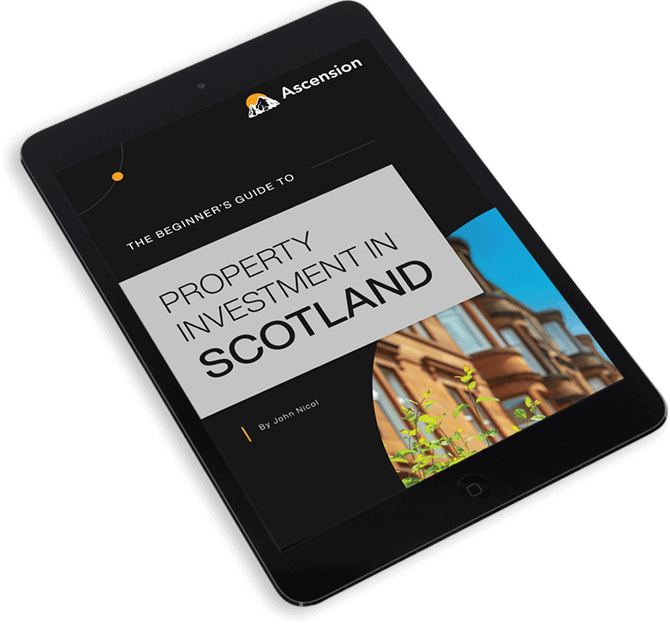Although property is one of the more reliable forms of investment it can be confusing trying to work out which one is best for you.
Often, the choice comes down to buy-to-let vs buy-to-flip as they are the two of the more well-known investment strategies.
With investors eager to choose an investment that will provide a better return than the banks, it’s important to take time to choose wisely.
As a property professional who has seen first-hand the importance of researching your chosen investment strategy, and what happens if you don’t, I think it’s a good time to explain a bit more about buy-to-let vs buy-to-flip.
In the next section I’ll take a close look at each strategy and explain how they might work – or not – for you depending on what you want from an investment.
***IMPORTANT – PLEASE NOTE***. I am not a financial adviser, so the contents of this blog are for information only. I would strongly urge you to seek professional advice before embarking on a property investment strategy.
Buy-to-let vs buy-to-flip: which is right for you?
In most cases, the most important factor for you as an investor will be the amount of return you can expect, but there are other important considerations. A major difference between the two strategies is the amount of time you will need to commit to them.

Buy-to-let
With buy-to-let you’re looking to buy a property and ensure it’s in walk-in condition through refurbishment or renovation. You would then install a tenant who pays rent, ensuring passive income for you while your property appreciates in value over time.
As a landlord, you are committed to providing a safe, comfortable home for your tenant. This means having a tenancy agreement in place and ensuring that safety certificates and compliance are kept up-to-date.
You’ll be liable for insurance, any applicable taxes and maintenance costs, but it doesn’t have to be all hands-on hard work; you can outsource to a letting agent and let them deal with the day-to-day running of the property while you enjoy the profits.
Over the term of your mortgage you’ll gain a good capital appreciation for your asset. Then, after 25 – 30 years you can sell the property, pay off the mortgage and enjoy the proceeds, or refinance/reinvest.
Buy-to-flip
Where buy-to-flip is concerned, the whole process may be over in as little as three months, depending on whether you decide to apply for a bridging loan or have the funds available to start immediately.
You’ll source and purchase a property, usually one in need of renovation, find a joint venture partner (this isn’t essential but it is usually recommended) refurbish and sell at a profit. Your money is then yours to use as you please.
Of course, while you’ll get a much faster return, it’s also one single payment, with no further returns on that project. So while it represents a faster cash flow, you then have to re-invest or repeat the process if you want to keep growing your money.
If you choose to repeat the process this can serve as a way to save a deposit and eventually purchase your own buy-to-let property. So while buy-to-flip offers a one-off payment, it can be used as a starting point for other investment strategies
For those starting out in property investment or just seeking a fast cash return, a buy-to-flip can be a good introduction to investment strategies and a welcome alternative to letting your money just sit in the bank doing very little.

Advice from a property professional
As you can see, there are some stark differences when it comes to buy-to-let vs buy-to-flip. If you’re looking for a long-term investment, regular income the responsibility of becoming a landlord, then buy-to-let is better for you, whereas buy-to-flip can bring in a cash lump sum in a relatively short period of time.
It goes without saying though, if you’re considering buy-to-let vs buy-to-flip you should take as much time as you need to research everything thoroughly, from the best areas to buy, to the most reliable joint venture partner or investment company.
An investment strategy which suits one person may not suit another. It’s important to consider what’s achievable within the parameters of your personal circumstances as well as your acquisition costs.
To this end, time doing research is never wasted and is essential for you to proceed in confidence and with peace of mind.
Although I’ve described each strategy in fairly simple terms, there’s a lot to learn, so don’t be afraid to ask questions. Any company that you want to work with should operate with openness, transparency and excellent communication.
Please remember there is always an element of risk in any investment, so it’s important to mitigate it as much as possible with due diligence and compliance.
Conclusion
Thanks for stopping by and I hope I’ve shone a light on the often confusing world of buy-to-let vs buy-to-flip property investment.
Taking your first steps to growing your wealth this way can be a daunting experience but you don’t have to go it alone. A good investment company will be with you every step of the way.
I’m always happy to answer any questions you may have about property investment so please feel free to book an appointment with me. There’s no obligation to take things further so if you’re curious about buy-to-let vs buy-to-flip, why not get in touch?

Written by John Nicol
Founder, Ascension Property Investments
Get in touch on 01383 603091 or email me via [email protected]





